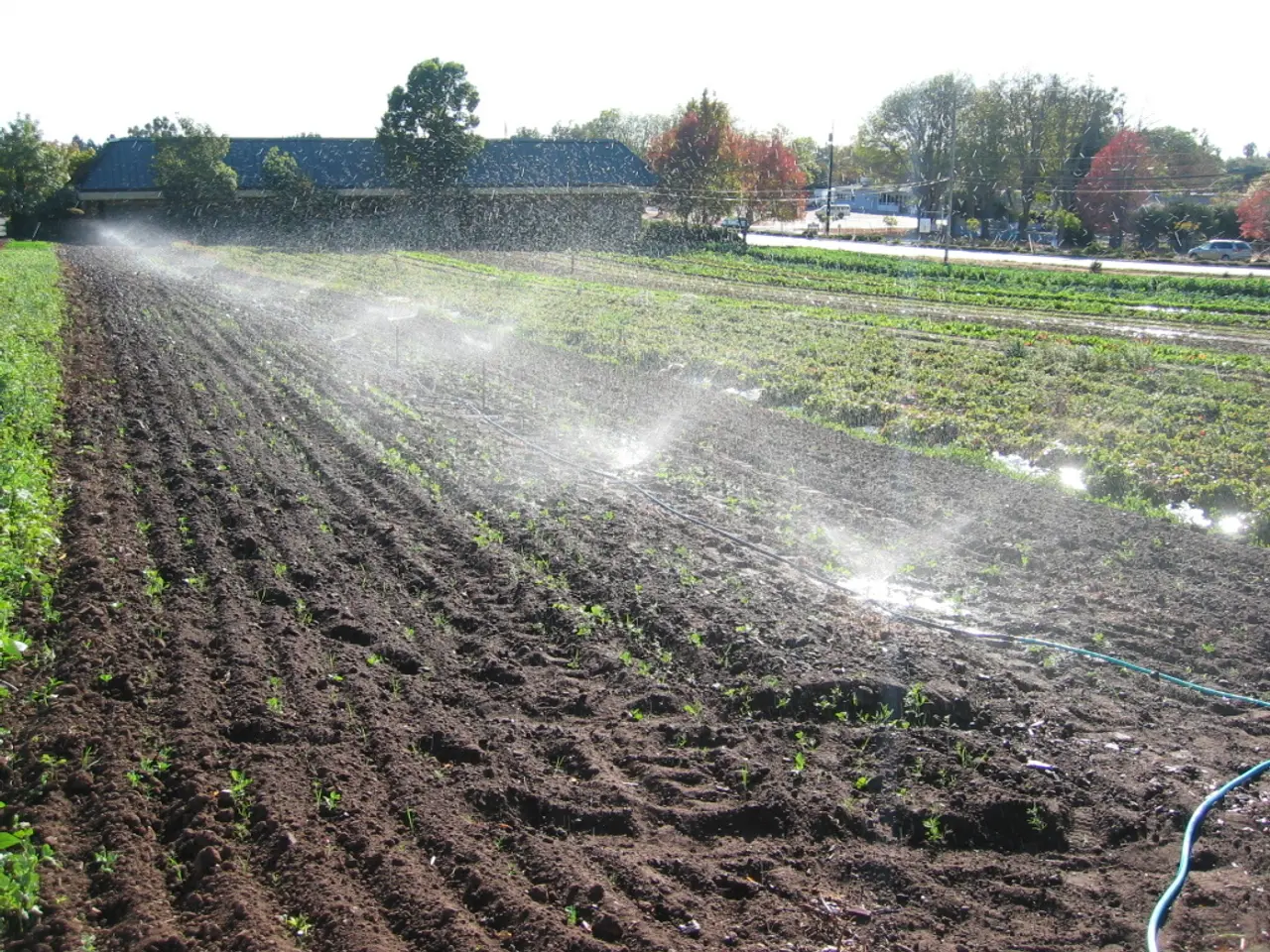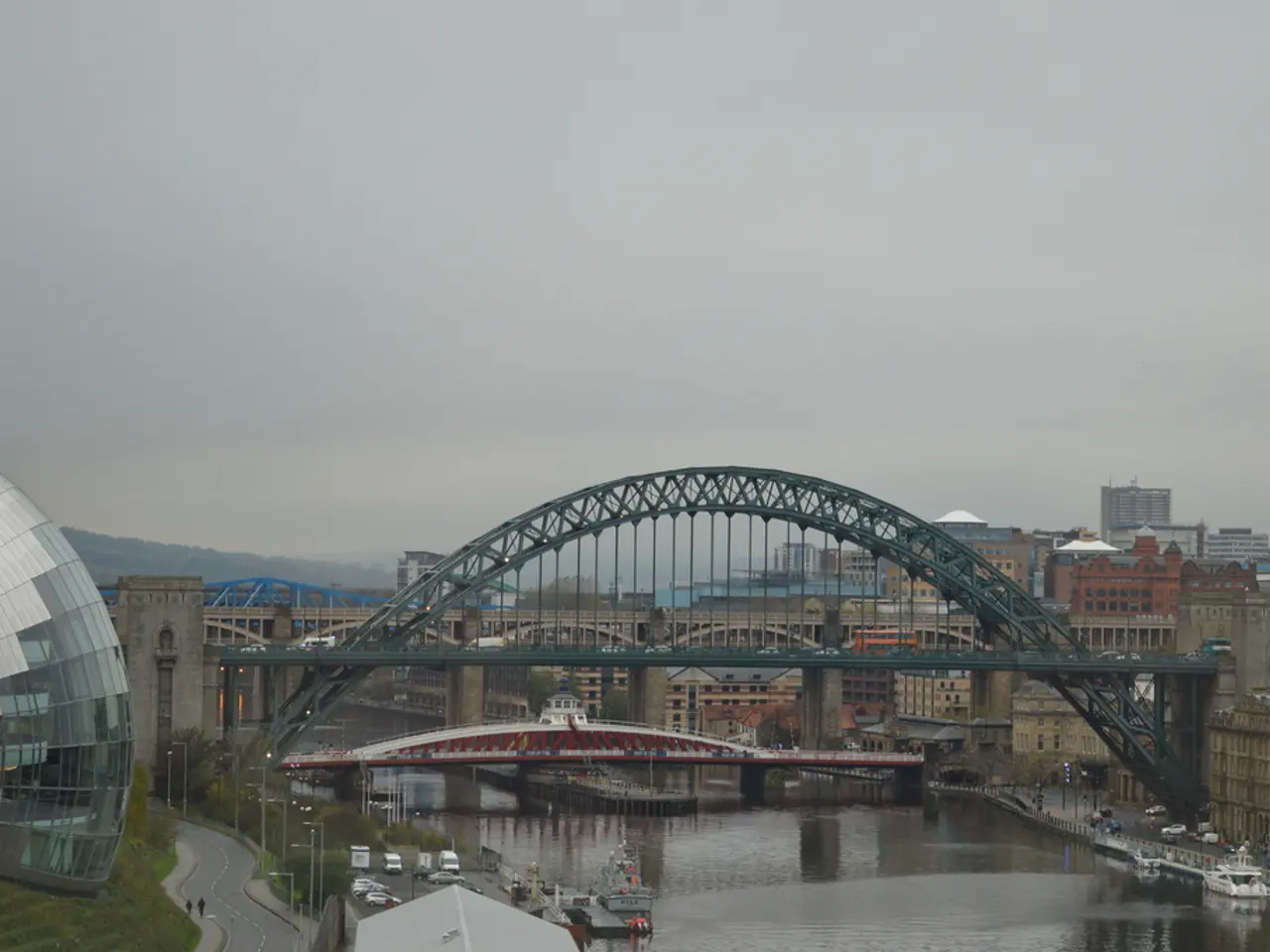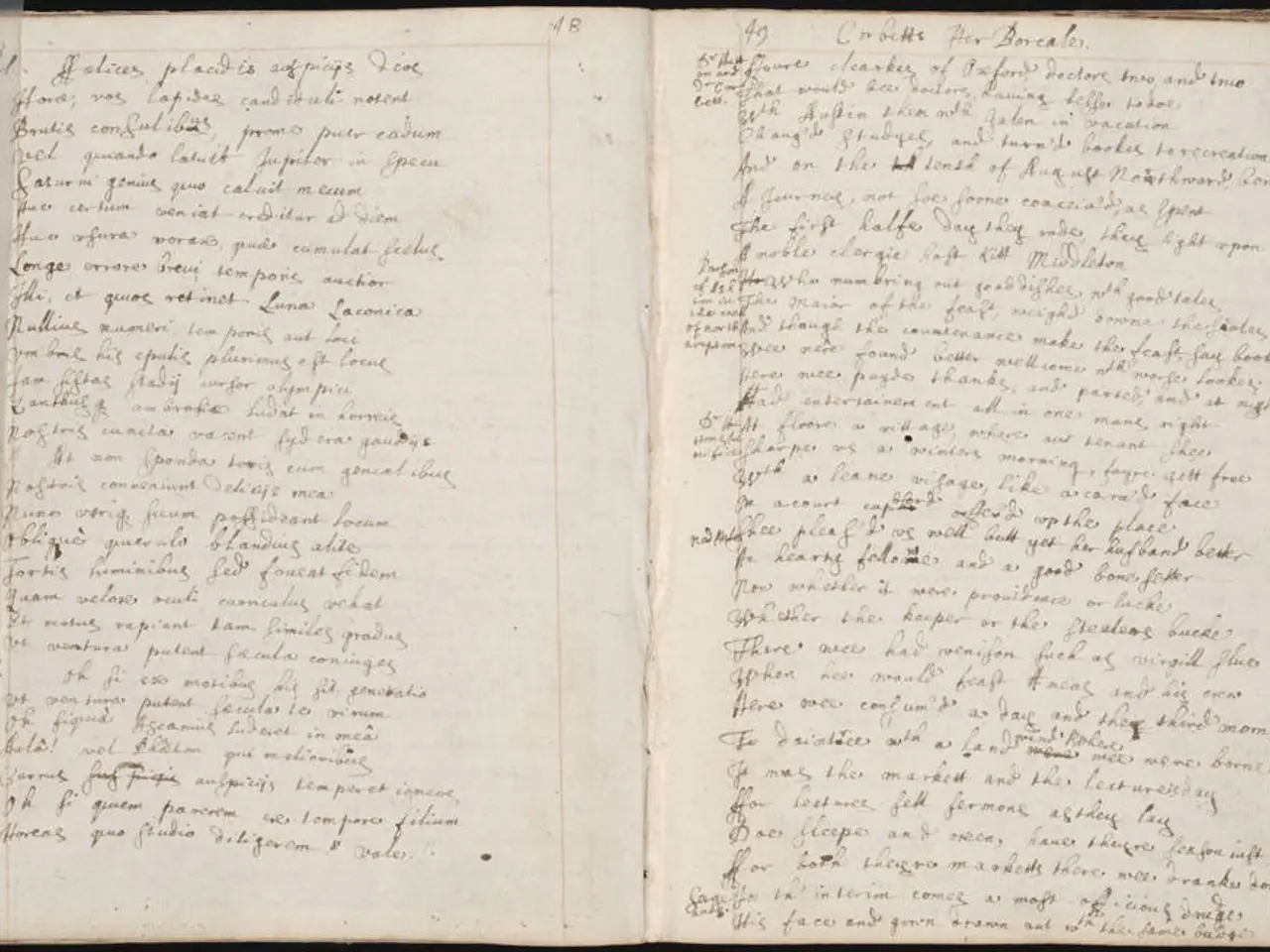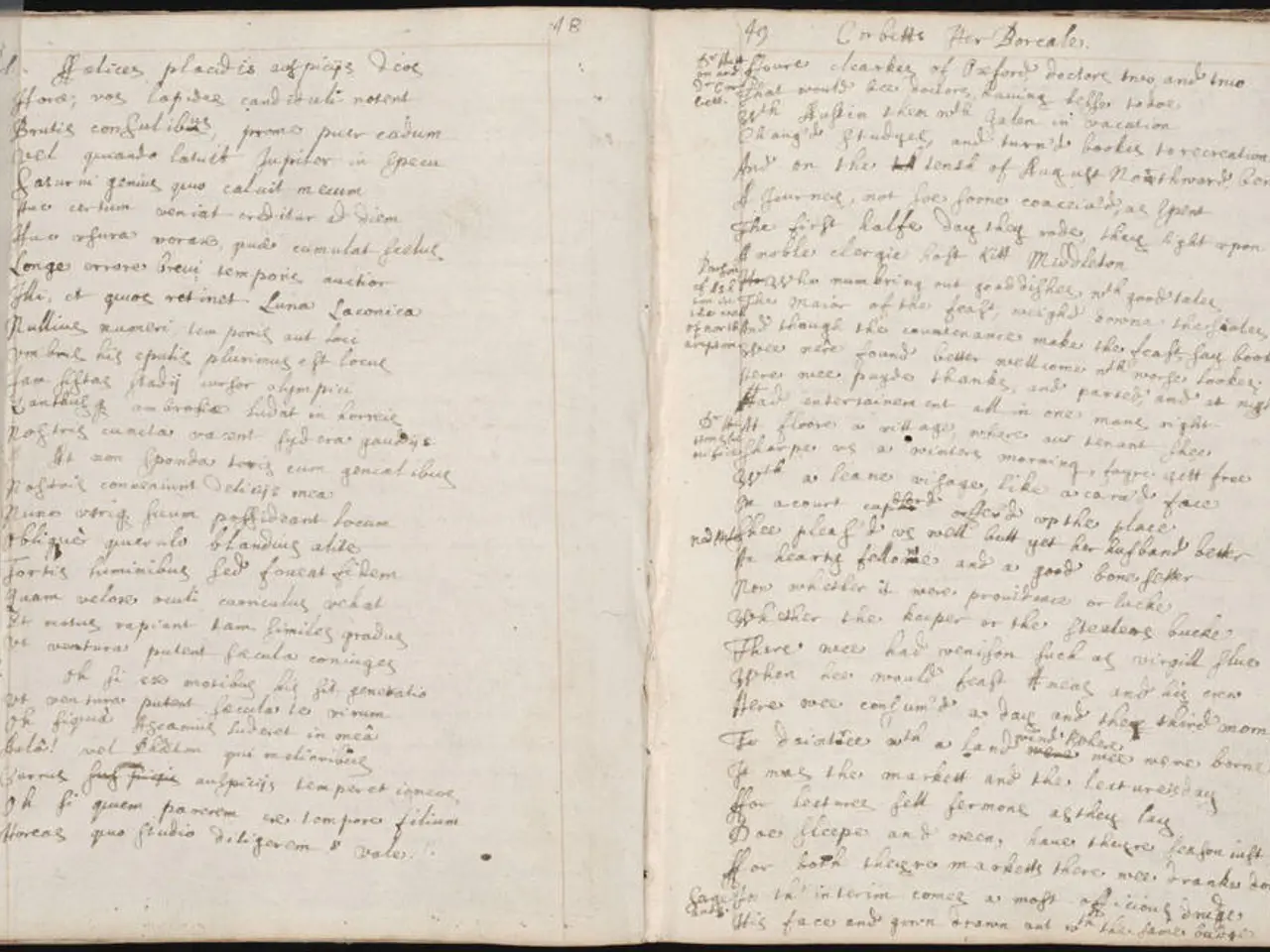Weather circumstances paved the way for the disastrous Texas flash floods, leading to significant loss of life.
A powerful storm that hit central Texas during the vulnerable overnight hours has caused widespread destruction, with more than 12 inches (30 centimeters) of rain falling in the Texas Hill Country over a span of several hours early Friday. The storm, which was roughly a once-in-a-generation event, was fueled by moisture from multiple sources, including Tropical Storm Barry's remnants, the Gulf of Mexico, and the Pacific Ocean to the west.
The severity of the storm may be influenced by the increased atmospheric moisture due to climate change. As stated by meteorologist Anderson, a warmer atmosphere holds a lot more moisture, creating conditions for storms to drop more rain. This increased moisture has been a significant factor in the intensification of extreme weather patterns, leading to more frequent and severe flash floods in Texas.
In urban areas like those affected, impervious surfaces such as concrete and asphalt prevent water absorption, overwhelming drainage systems and exacerbating flash flooding. The interaction of climate change with land-use changes, urbanization, and aging infrastructure results in more severe flood impacts.
Experts emphasize the importance of systemically improving flood resilience through investments in both infrastructure and nature-based solutions like wetland restoration and sustainable urban drainage. Texas has experienced a rise in the frequency and severity of such disasters due to human-caused climate change, with flood events becoming more common and intense than in previous decades.
The challenges in predicting and managing these flash floods are exacerbated by reductions in funding and staffing for meteorological and emergency management agencies, which compromises forecasting and timely responses.
The storm quickly caused water levels to rise, with the Guadalupe River rising 26 feet in less than an hour in some areas. The sheer amount of rain made it difficult for the water to be absorbed, with the area having been in a drought, making the water run down the dry, hard land faster.
Dozens of deaths have been reported due to the flash floods, and the storm dropped approximately 120 billion gallons of water on Kerr County. The storm had no "road" to get away from Texas due to the absence of the jet stream, allowing it to remain over Texas for an extended period.
The warm water of the Gulf contributed to the moist atmosphere of the storm, and the warmer air due to climate change holds more moisture, increasing the likelihood of intense and highly localized rainfall events. Adaptation requires improving forecasting capabilities, emergency response, and investing in both engineered and nature-based flood mitigation strategies.
- In Seattle, Portland, and other Pacific Northwest cities with similar climates, recent studies suggest that the increased moisture in the atmosphere due to climate change could lead to more frequent and severe rainstorms.
- Although Seattle's politics have historically been preoccupied with social issues and the environment, there is growing concern about the city's adaptation to a changing climate and improving weather-forecasting systems to mitigate the risks of extreme weather events.
- The failure to invest in improved weather-forecasting technology and flood resilience infrastructure in Seattle's urban areas could exacerbate the impacts of future storms, as increased atmospheric moisture due to climate change contributes to the potential for heavy rain and flash floods.








